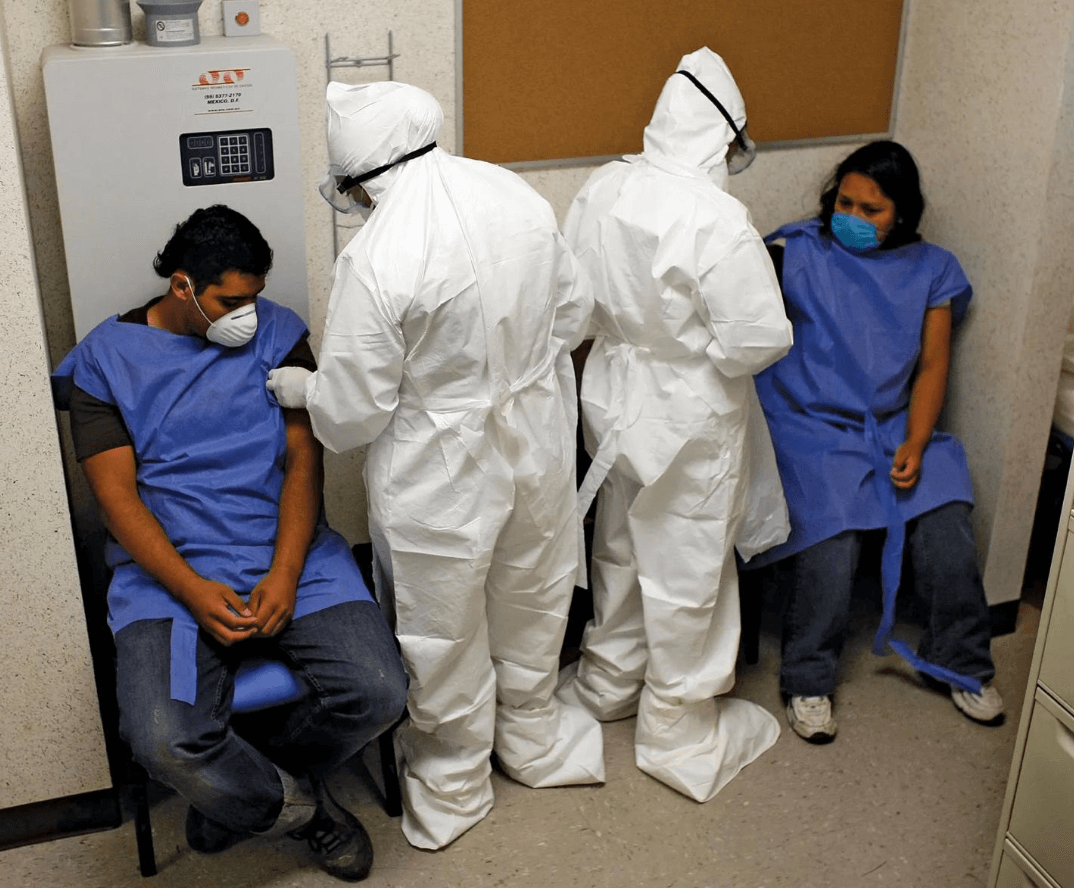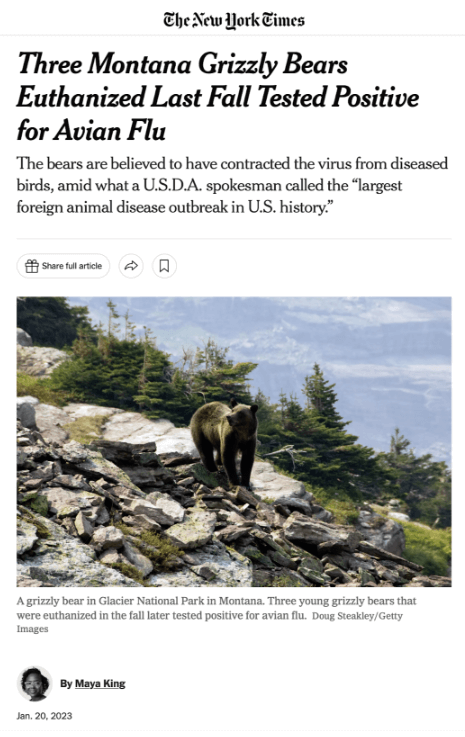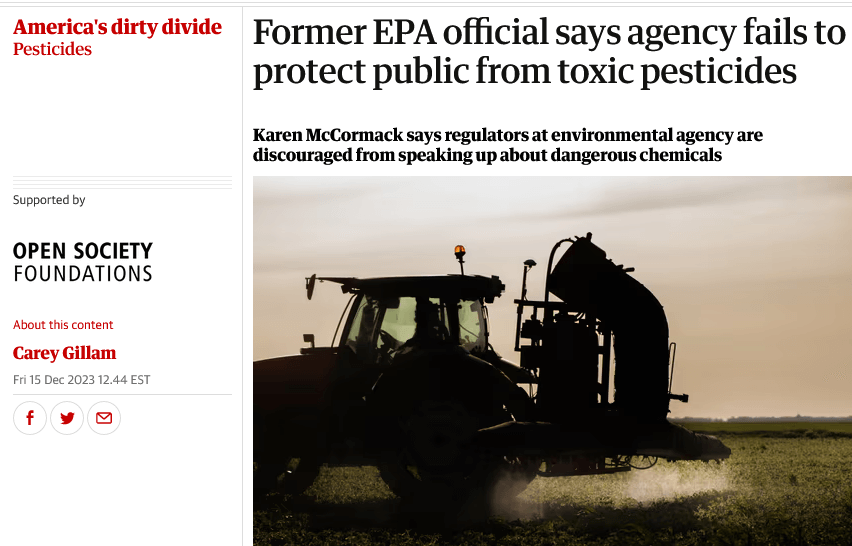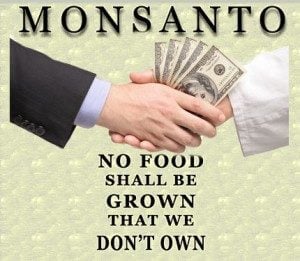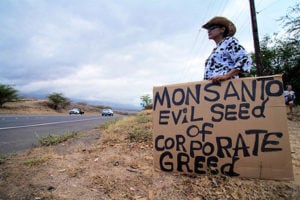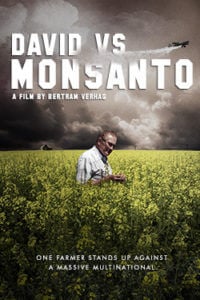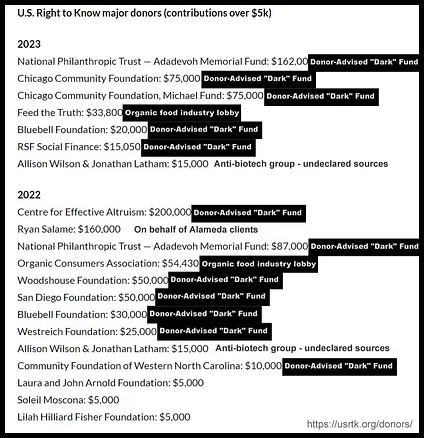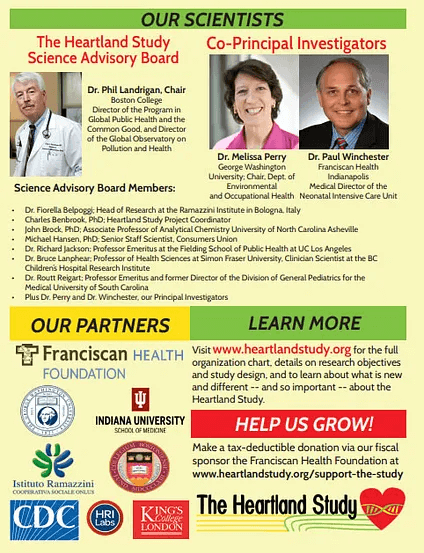In Defense of Universalism in Science
In a November article in Science magazine, journalist Rachael Zamzow informs us that many social scientists believe that every published paper should include in its author details a “’positionality statement’ describing how their identity might influence their work”. For example, Zamzow writes declaring “race, ethnicity, geographic location, sexual orientation, gender identity, disability status, and career level”.
Defending such a practice, one researcher quoted in the piece maintained that it is “an invitation to think more broadly about your role as a researcher”. To illustrate the supposed benefits, an imaginary case is offered:
If you’re an astronomer …, think about where your telescope is…. ‘Are you part of that community? Is that telescope put there with knowledge of the people who call that place their land?’
We, as scientists and educators, believe that although some might find this an interesting and important question for a sociological or ethnographic study, it has nothing to do with, in this example, the value of a report concerning a heavenly body discovered using that telescope. How a disclosure of the astronomer’s sexual orientation would add anything to the understanding of the matter by a reader of the article in an astronomy journal is puzzling, and comes across like a bad joke.
The call for “positionality statements” reveals a basic confusion about science inquiry, the difference between:
- The (interesting) description and analysis of the sociological and historical settings in which scientific endeavors are undertaken.
- The results of research reported in a scientific paper on whatever topic.
If the aim is “to think more broadly about your role as a researcher”, this self-reflection concerns the writer, not the reader, and the latter derives no scientifically critical information from the personal details of the author(s). On the contrary, such knowledge could — more or less (un)consciously — bias the reader’s judgement regarding the content and scientific merit of university research.
The intellectual movement behind this type of thinking has variously been known as social constructivism, post-structuralism, deconstructionism and post-modernism. In its current iteration, social scientists embrace the dubious concept of the “cultural construction of knowledge, promoting subjective (and sometimes intuitive) approaches to scientific inquiry. As ecological anthropologist Homauun Sidky, has written, “In their discourse, science and scientific truths (deceptively misconstrued as “absolute truths”) were cast as the embodiment of that hegemonic power and its evils, such as racism, sexism, imperialism, colonialism, militarism, oppression, slavery, white supremacy, the atomic bomb, and the destruction of the biosphere.”
We believe such thinking delegitimizes science and critical thinking. We reject recommendations encouraging scientists to inject their personal biographies or relativistic perspectives into empirical science. Repositioning John Rawls’ famous expression, one could argue that readers should be kept behind a “veil of ignorance” as regards the author(s). This is why a basic principle of peer review — which, notwithstanding its defects, is a pillar of evaluation/advancement in sciences — is anonymity (“blindness”).
Our aim in informing the science and the public should be to reaffirm the intrinsic nature of scientific research as a quest for verifiable truths based on all of the evidence available at that point in time – call it a basic Popperian stance – regardless of subjective conditions and orientations.
In the ideal, in the normative prospect established several decades ago by Robert Merton, Universalism, is a key rule for the process of good research (he postulates five prescriptions popularly known by the acronym CUDOS). The concept may be understood in a double sense:
- First, it prescribes that research results (laws of nature, facts of history, etc.) are endowed with explanatory power regardless of the historical/social context of their discovery. For example, heliocentrism could theoretically have been ascertained as true by an Aztec or African astronomer or by several other scientists, at anytime and anywhere, rather than Copernicus, a Polish mathematician who, more than likely was building on Islamic Middle Age theoretical heritage.
- Second, “Universalism’ was identified as an essential component of science by Merton precisely because it makes clear that anybody may contribute to scientific discoveries, whatever their gender, nationality, etc.
For some post-modernist critics, “science is somehow disreputable because it is the province of European white bourgeois males”; yet, it has been rightly replied that “Mendel … got it right about the wrinkled peas; and it would not have mattered if he had been a black handicapped Spanish-speaking lesbian atheist.”
That is a truism that epistemic relativists seem unable to grasp.
Signed,
Giovanni Molteni Tagliabue — Como, Italy, Independent researcher in political science and socio-political/legislative aspects of ag biotech
Dorian S. Abbot — University of Chicago, IL, USA, Associate Professor of the Geophysical Sciences
Alexander T. Baugh — Swarthmore College, PA, USA, Associate Professor of Biology
Barry L. Bentle — Cardiff Metropolitan University, UK, Reader in Bioengineering
David J. Bertioli — University of Georgia, USA. Georgia Research Alliance Distinguished Investigator and Professor, Institute of Plant Breeding, Genetics and Genomics
Enrico Bucci — Temple University, Philadelphia, USA, Adjunct Professor in Systems Biology, Sbarro Health Research Organization
John Bullock — Bennington College, VT, USA, Professor of Chemistry
Pellegrino Conte — University of Palermo, Italy, Full Professor of Agricultural Chemistry
Jerry Coyne — The University of Chicago, IL, USA, Professor Emeritus of Ecology and Evolution
Michel De Rougemont — Doctor of Philosophy in Technical Science, Kaiseraugst, Switzerland
Adrian Dubock — Member and Executive Secretary, Golden Rice Humanitarian Board
James E. Enstrom — University of California, Los Angeles, CA, USA, Retired Research Professor (Epidemiology)
Jon Entine — Genetic Literacy Project nonprofit, Cincinnati, OH, USA, Executive Director
Giorio Giovanni — Metapontum Agrobios Research Centre, Metaponto (MT), Italy, Senior Principal Scientist
Jacqueline Gottlieb — Columbia University, NY, USA, Professor, Department of Neuroscience
Jonathan Gressel — Weizmann Institute of Science, Rehovot, Israel, Professor, Plant & Environmental Sciences
Robert H. Guinn — College of the Desert, CA, USA, Professor, Chemistry
Lakshman Guruswamy — University of Colorado, Boulder, Professor of Law Emeritus
Jason E. Hammonds — Cincinnati Children’s Hospital Medical Center, Cincinnati, OH. Assistant Professor of Infectious Diseases
Nurit Haspel — University of Massachusetts, Boston, MA, USA, Professor of Computer Science
Geoff Horsman — Wilfrid Laurier University, Waterloo, ON, Canada, Associate Professor of Chemistry & Biochemistry
Anna Krylov — University of Southern California, Los Angeles, CA, USA, USC Associates Chair in Natural Sciences and Professor of Chemistry
Marcel Kuntz — University of Grenoble-Alpes, France, Director of Research at Centre National de la Recherche Scientifique (CNRS)
Klaus-Dieter Jany — Association of Genomics and Genetic Engineering e.V. (WGG), Chairman Linkenheim-Hochstetten (Germany)
Brian Leiter — University of Chicago, Professor of Jurisprudence; Director, Center for Law, Philosophy & Human Values
Luana S. Maroja — Williams College, MA, USA, Professor of Biology, Chair of Biochemistry and Molecular Biology Program
Alan McHughen — University of California, Riverside, USA, Botany and Plant Sciences, expert in agri-food biotech regulation
Axel Meyer — University of Konstanz, Germany, Professor of Zoology and Evolutionary Biology
Ethan L. Miller — University of California Santa Cruz, CA, USA, Professor Emeritus, Computer Science & Engineering
Henry I. Miller, M.Sc., M.D. — Glenn Swogger Distinguished Fellow, American Council on Science and Health, New York, USA; Founding director of the FDA’s Office of Biotechnology
Sadredin Moosavi — Rochester Community and Technical College, MN, USA, Faculty of Science
Piero Morandini — University of Milan, Italy, Associate Professor of Plant Physiology
Jean-Michel Ortega, CNRS ICP — University of Paris-Saclay, Retired research director
Robert Paarlberg — Harvard Kennedy School, Associate, Sustainability Science
Channapatna Prakash — Tuskegee University, USA, Dean, Arts and Sciences
Marisol Quintanilla — Michigan State University, MI, USA, Nematologist
Gerard Rass — Agronomist-Ecologist (retired), General Secretary of the Global Conservation, Agriculture Network.
Catherine Regnault-Roger — University of Pau and Pays de l’Adour (E2S UPPA), Emeritus Professor, member of French Academy of Agriculture and the National Academy of Pharmacy
Ilya Reviakine — University of Washington, Seattle, WA, USA, Department of Bioengineering
Keith Riles — University of Michigan, MI, USA, H. Richard Crane Professor of Physics
Richard John Roberts — Chief Scientific Officer, New England Biolabs, Ipswich, USA, Nobel Laureate in Physiology or Medicine 1993
Paul Roundy — University at Albany, Albany, NY, USA, Professor of Atmospheric Science
Douglas N. Rutledge — Université Paris-Saclay, France; Muséum national d’Histoire naturelle, France, Guest Researcher, Universidade Estadual de Maringá, Brazil
Abhishek Saha — Queen Mary University of London, UK, Professor of Mathematics
Angelo Santino — Unit Head, Institute of Sciences of Food Production, C.N.R., Unit of Lecce, Vice President, European Plant Science Organization (EPSO)
Julia Schaletzky — University of California, Berkeley, Center for Emerging and Neglected Diseases
Gregory Shearer — Penn State University, PA, USA, Professor of Nutrition and Physiology; Chair, Integrative and Biomedical Physiology Program
Michael Shulman — University of San Diego, CA, USA, Associate Professor of Mathematics
Judith Totman Parrish — University of Idaho, MS, USA, Professor Emerita, Department of Geological Sciences
Roberto Tuberosa — University of Bologna, Italy, Professor in Biotechnology Applied to Plant Breeding, Department of Agricultural and Food Sciences
Ignazio Verde — Council for Agricultural Research and Economics (CREA), Rome, Italy, Research Director
François Vazeille — CNRS France, Former Research Director, Laboratory of Physics Clermont-Ferrand and CERN Geneva (CH)
Jean-Philippe Vuillez — University Grenoble Alpes, France, Professor of Biophysics and Nuclear Medicine
Robert Wager — Vancouver Island University, Canada, Molecular Biology, Biochemistry
James West — Vanderbilt University Medical Center, TN, USA, Professor of Pulmonary & Critical Care Medicine






